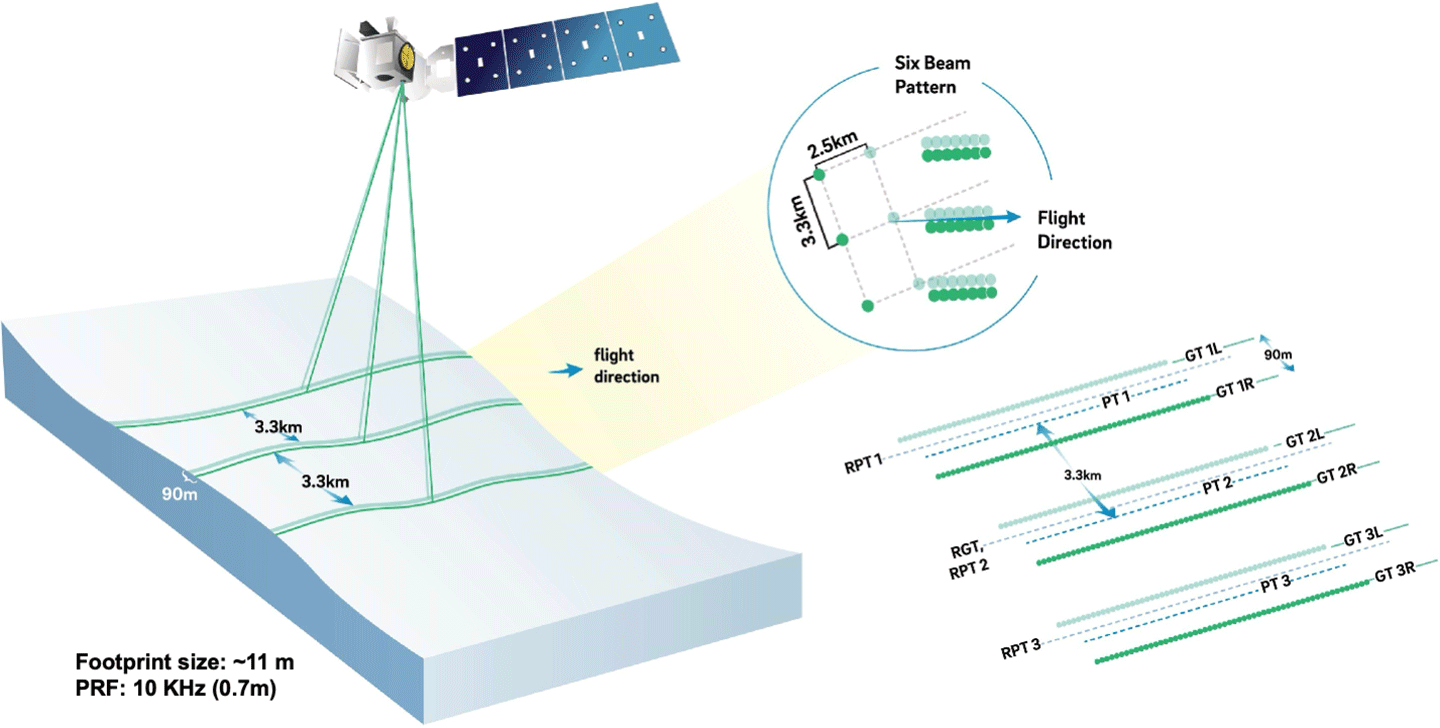Wideband Technology
Overview As NASA’s Tracking and Data Relay Satellite (TDRS) constellation approaches retirement, partnerships with commercial industry will play a critical role in the development of future space communications and navigation architecture. Over the next decade, NASA missions will transition towards adopting commercial space-based relay services to fulfil their near-Earth communications needs. The Space Communications and […]

Overview
As NASA’s Tracking and Data Relay Satellite (TDRS) constellation approaches retirement, partnerships with commercial industry will play a critical role in the development of future space communications and navigation architecture. Over the next decade, NASA missions will transition towards adopting commercial space-based relay services to fulfil their near-Earth communications needs.
The Space Communications and Navigation (SCaN) program is working to ensure that future missions will continue to have reliable, resilient space and ground communications and navigation infrastructure. Wideband polylingual terminals could become a key technology supporting that infrastructure, by providing seamless roaming capabilities that could allow missions to receive communication signals from multiple SATCOM service providers through the use of software defined radios (SDR). Developed over the last decade, SDR technology enables waveform change in-orbit, allowing for the adoption of new and evolving commercial services by missions as they become available.

Interoperability to Advance Science
The goal of NASA’s Wideband User Terminal project is to provide interoperability between government and commercial owned networks for near-Earth services in the near-term by leveraging traditional NASA assets with new commercial infrastructure.
Cellphone providers adopted roaming technology long ago, allowing devices to jump from network to network without interrupting service. Wideband terminals aim to enable similar roaming capabilities for space communications applications, a capability that has not been available to missions in the past.
Wideband interoperability technology was developed and tested at NASA’s Glenn Research Center in Cleveland, Ohio, where the first successful test of roaming between multiple network providers was conducted in 2021.
Commercialization Transition
Interoperability between industry and government owned network providers could play a key role in NASA’s transition towards commercialization. NASA has relied on the TDRS system to provide near-constant communication links between the ground and satellites in low-Earth orbit for almost 40 years, but the infrastructure was not originally designed for interoperability between networks.
SCaN is developing wideband technology to help the mission user community transition towards relying on commercial providers, by providing the safeguard option of connecting to the reliable TDRS network while private industry continue to develop and mature their space-based services over the next decade.
There are numerous potential benefits of providing missions with interoperability between NASA’s legacy TDRS networks and new commercial satcom services, including reducing the risk of data loss and communication delays. Providing missions with a selection of network providers can also help avoid vendor lock-in and keep mission execution on schedule when unexpected circumstances arise.
PExT Demonstration

NASA’s Wideband Terminal Project is collaborating with Johns Hopkins University Applied Physics Laboratory to test the prototype Polylingual Experimental Terminal (PExT). Mission objectives include demonstrating interoperability through contact and link management, and forward and return link data flow while roaming between NASA’s TDRS network and three commercial relay networks. The PExT Wideband Terminal will be the first flight demonstration of roaming across government and commercial networks from a single terminal.
PExT will be integrated with a York Space Systems S-class Bus and launched on the SpaceX Falcon 9 Transporter-11 flight, currently planned for June 2024.
The terminal will demonstrate various mission scenarios during its six-month testing period, including:
- self-pointing capabilities
- long-term schedule execution
- intra-/inter-network link handoff
- waveform adaptation and reloading
- command stack protection (crypto)
- link fault recovery
The Wideband Project is currently providing opportunities for the mission user community to take part in extended operation experiments using Wideband technology. Please contact Wideband Technology Lead marie.t.piasecki@nasa.gov for more information.
PExT Key Features
- Wide frequency covers the entire range of commercial and government Ka-Band allocations, including 17.7 GHz to 23.55 GHz Forward, and 27 GHz to 31 GHz Return
- Initial data rates reach up to 90 Mbps Forward and 375 Mbps Return. Future data rates are projected up to 490 Mbps Forward and 1 Gbps Return
- Supports both NASA and commercial waveforms – including DVB-S2 and CCSDS TDRSS
- The body-mounted 0.6-meter antennas are scalable for other missions
- Effective Isotropic Radiated Power (EIRP) 46.21 dBW minimum
- Gain to Noise G/T ration approximately 6dB/K

What's Your Reaction?







































